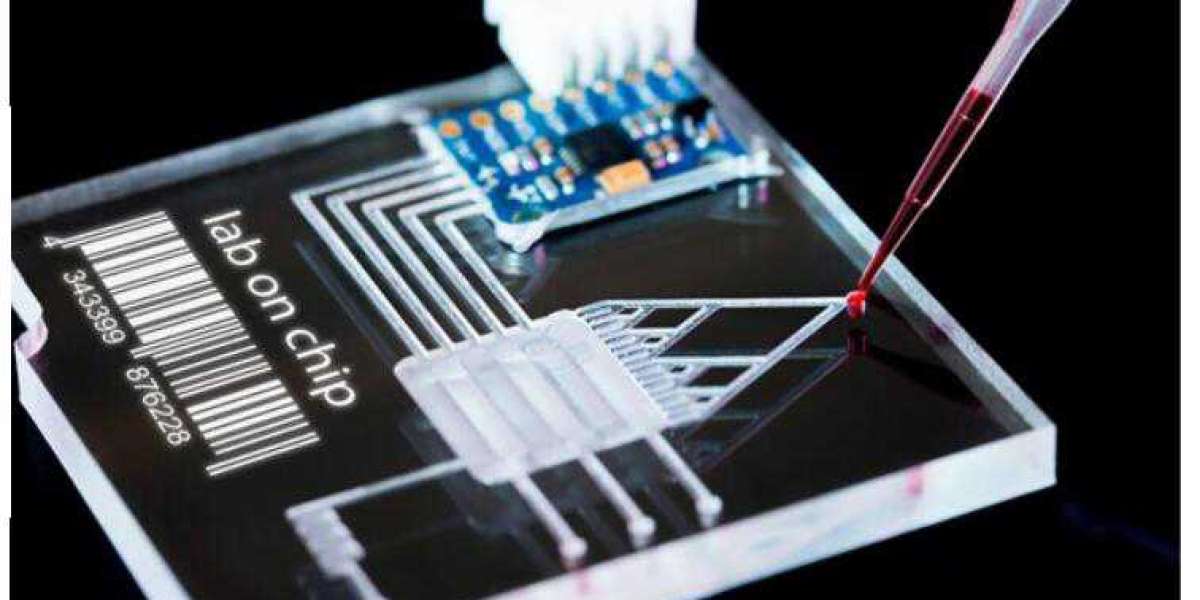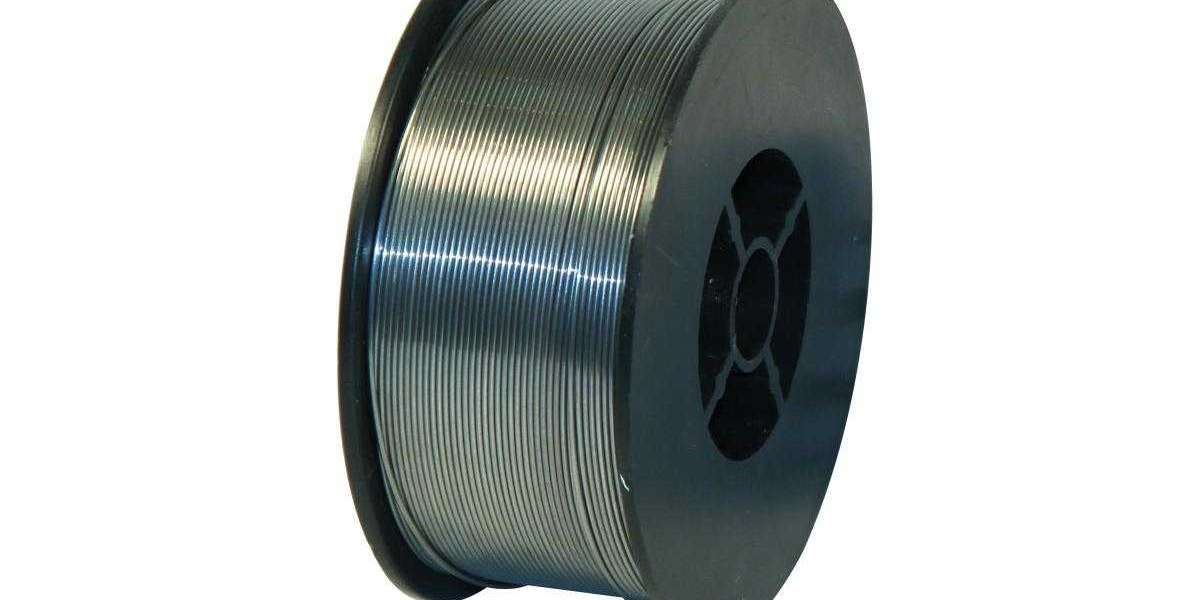A microfluidic chip typically consists of separate intake, channel mixer, and signal detection chambers. Individual microfluidic components can now be produced more easily because to advancements in micro- and nanofabrication techniques. These components will subsequently be integrated to create a working chip. Microfluidic chips can currently be made from a variety of materials, including organic (like polydimethylsiloxane, or PDMS), inorganic (like silica and glass), and composite (like polystyrene, or PS, polymethyl methacrylate, or PMMA), and paper materials.
Benefits of Systems with Microfluidics
extremely small sample and reagent quantities
Competitive and economical pricing
High-throughput analysis has the capacity to execute several reactions at once.
quicker outcomes and shorter analysis times
high sensitivity and resolution for separation and detection
For more: microfluidic chip design








